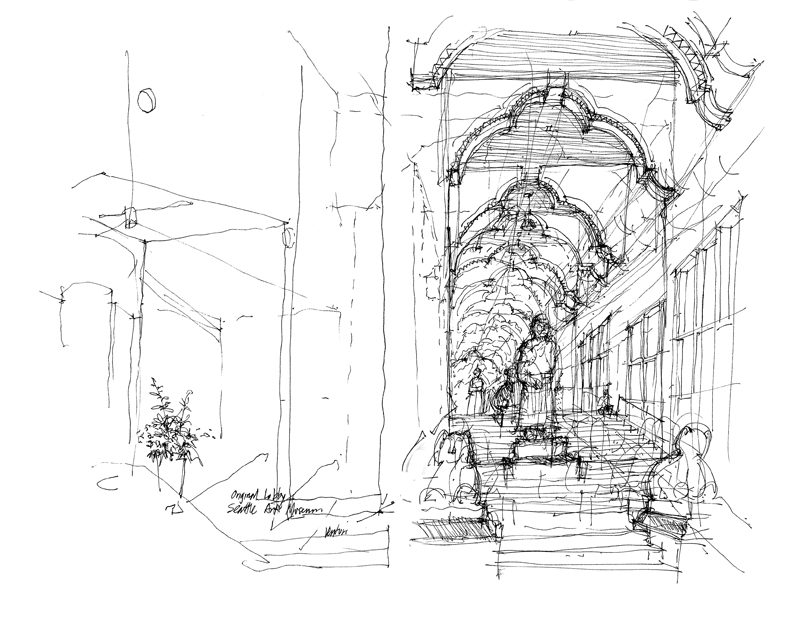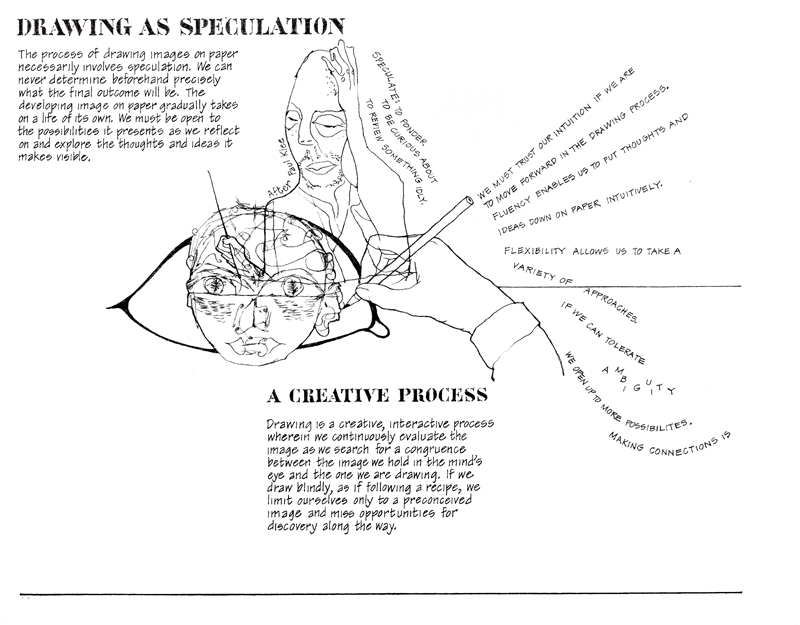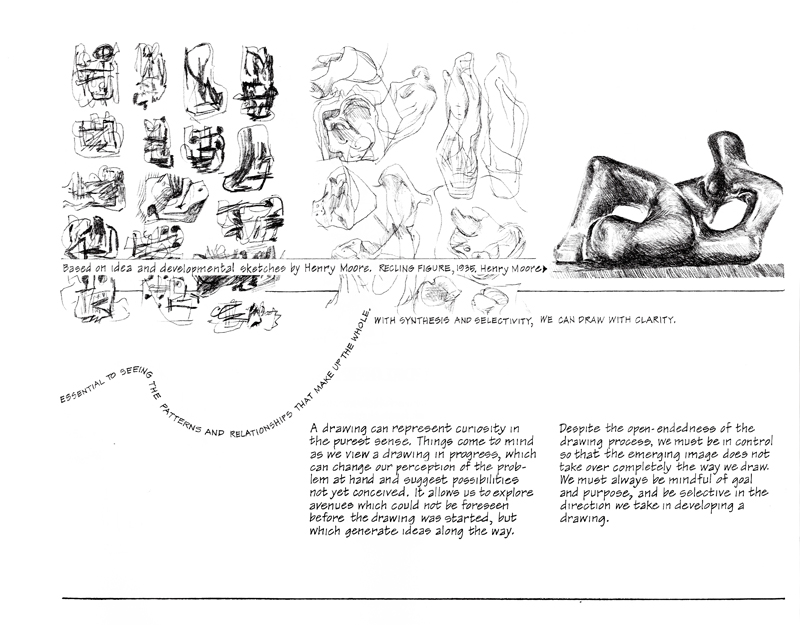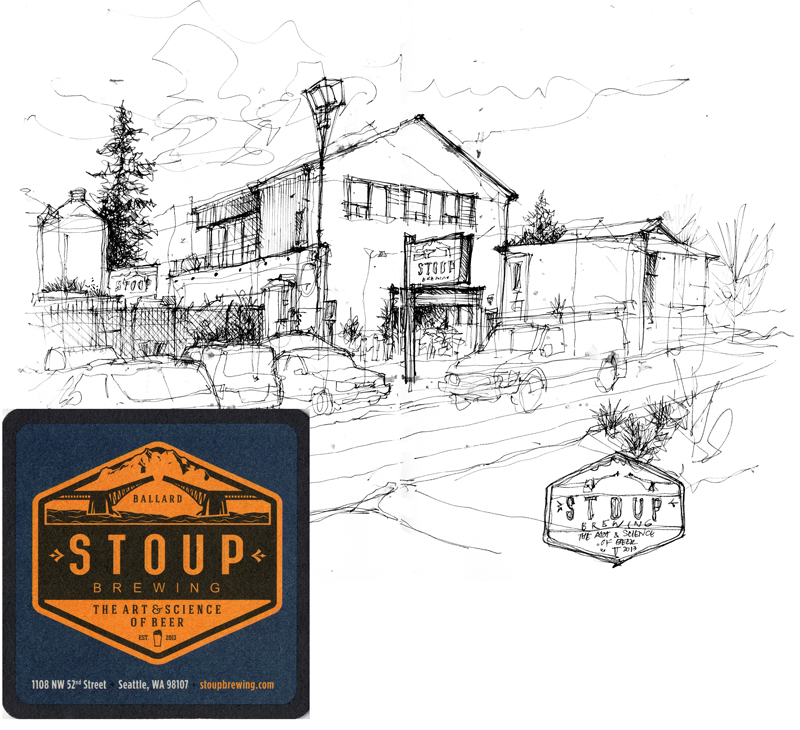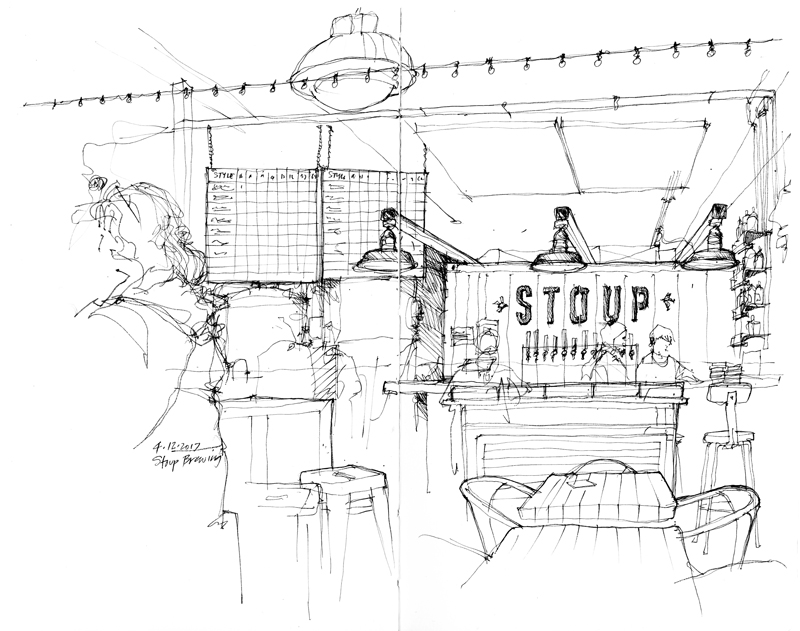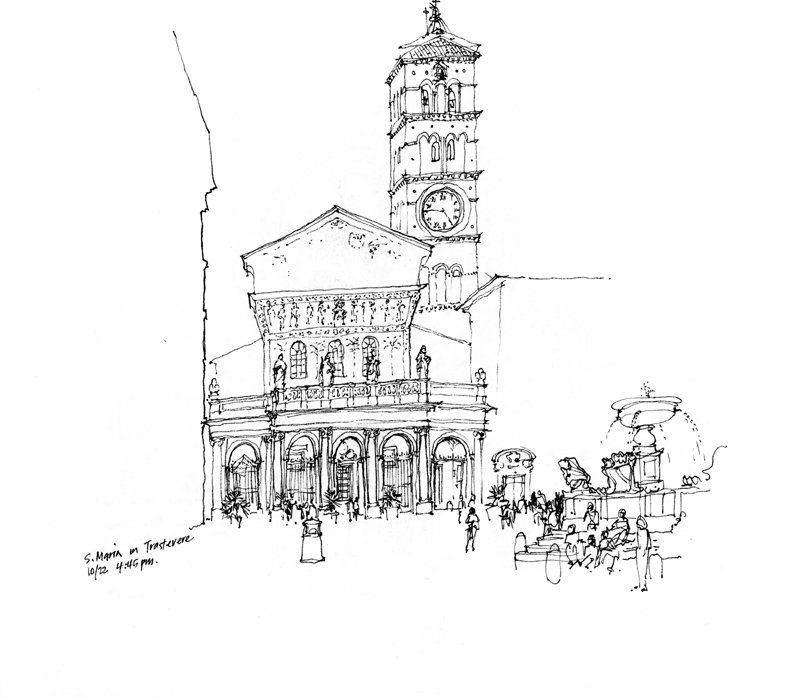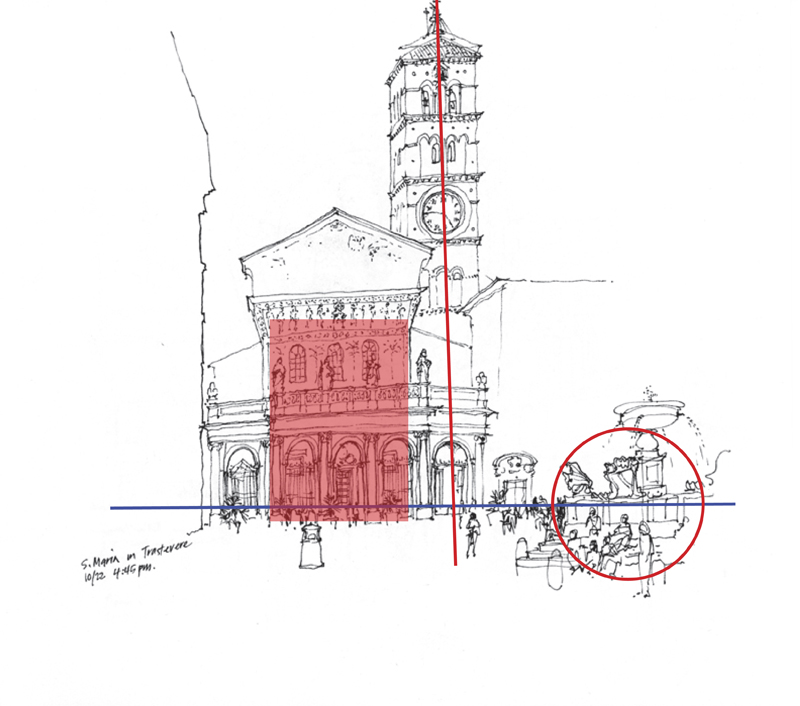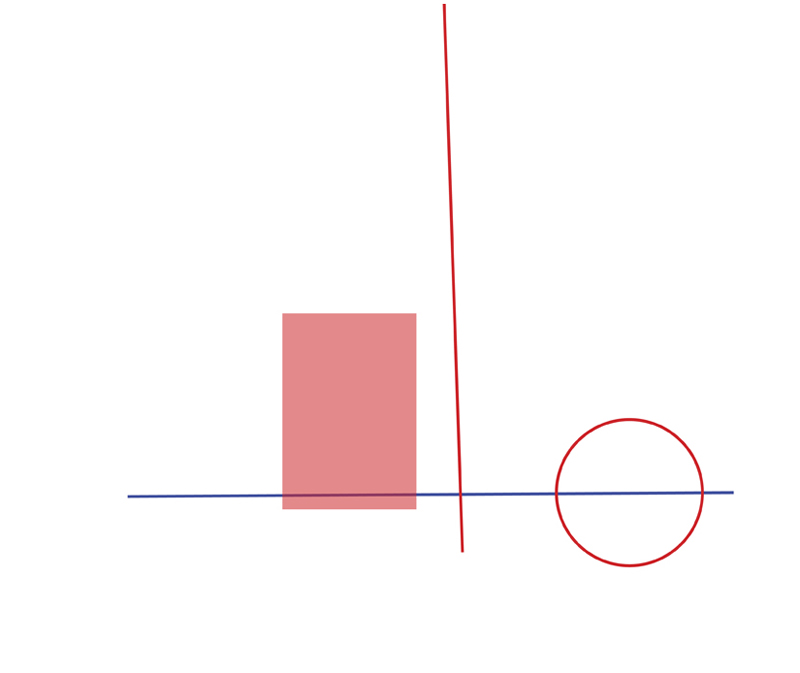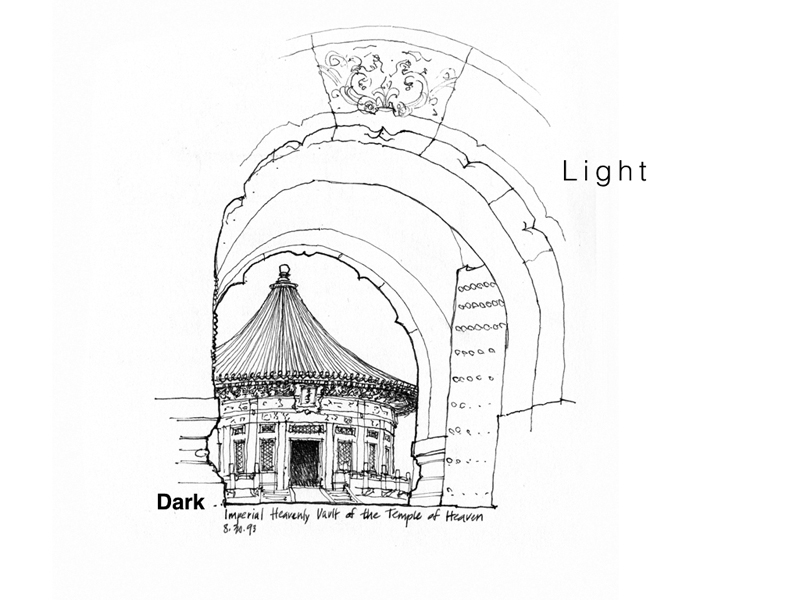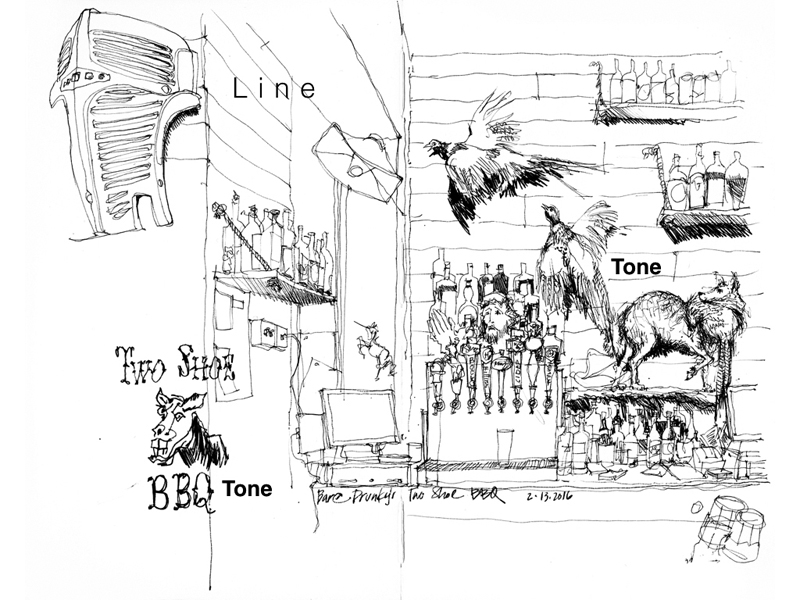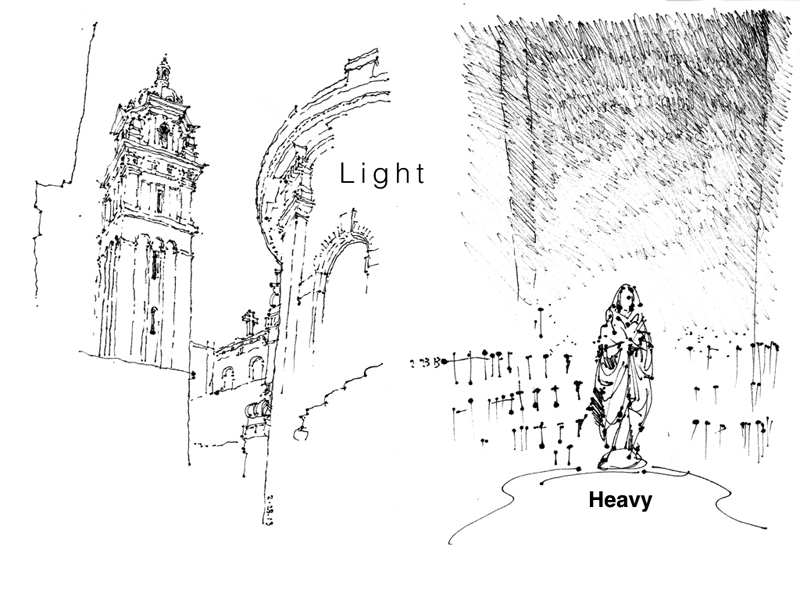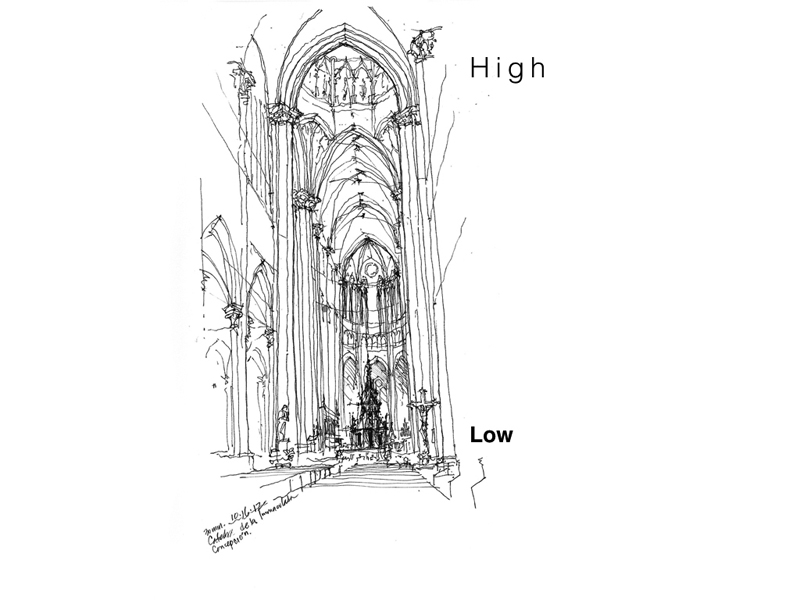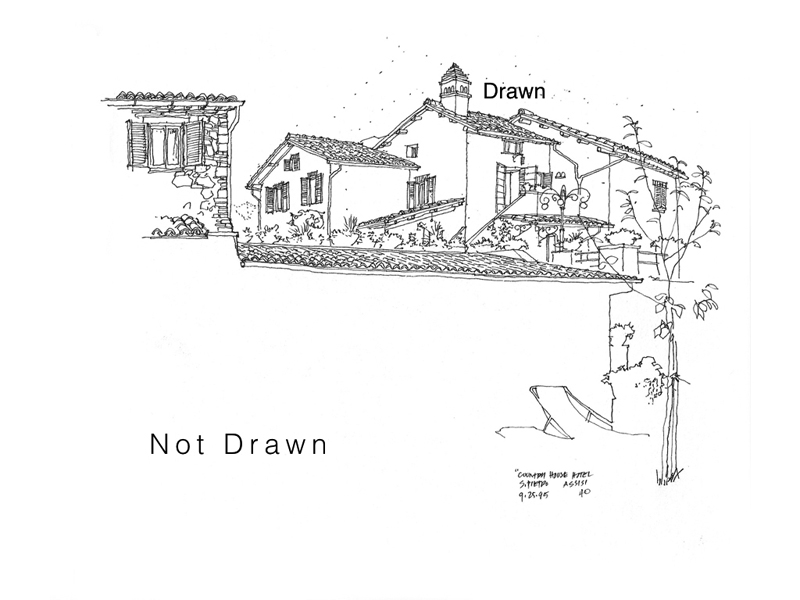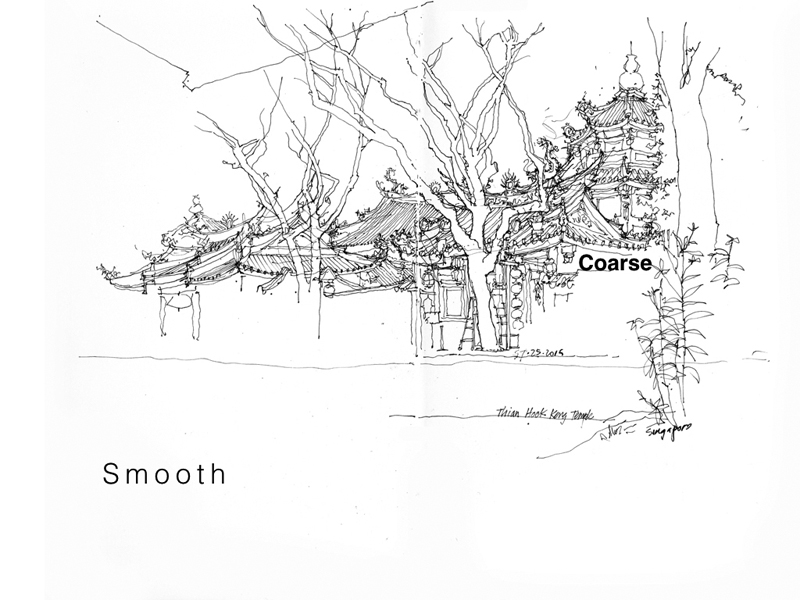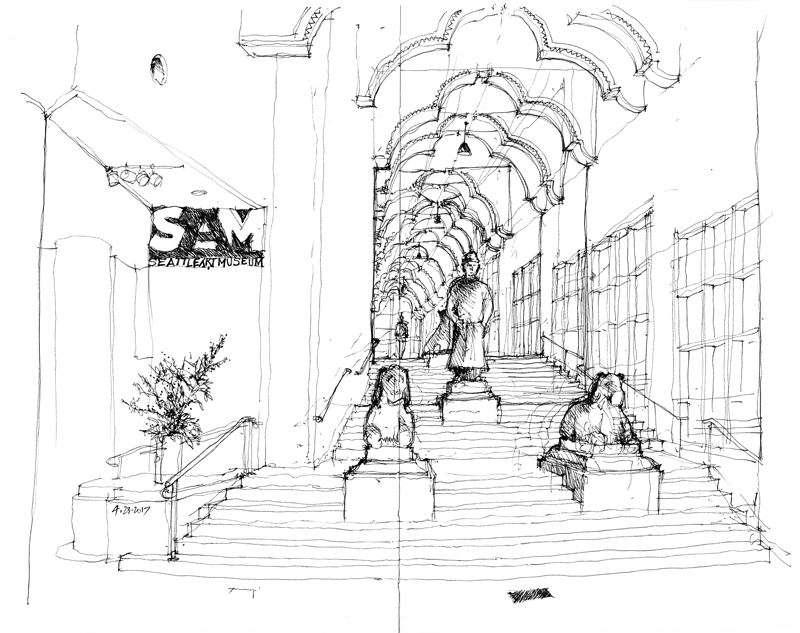 This is the original lobby of the Seattle Art Museum, designed by Venturi, Scott Brown & Associates in 1991, before the museum was expanded in 2006 in a design by Brad Cloepfil of Allied Works Architecture. A grand staircase traverses the rise from First to Second Avenues, mirrored on the outside with a similar set of stairs.
This is the original lobby of the Seattle Art Museum, designed by Venturi, Scott Brown & Associates in 1991, before the museum was expanded in 2006 in a design by Brad Cloepfil of Allied Works Architecture. A grand staircase traverses the rise from First to Second Avenues, mirrored on the outside with a similar set of stairs.
For comparison, below is the same view from 6 years ago, showing how I struggled with the issues of proportion and scale.

